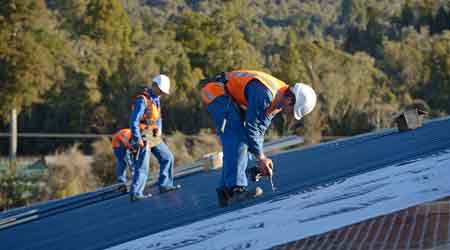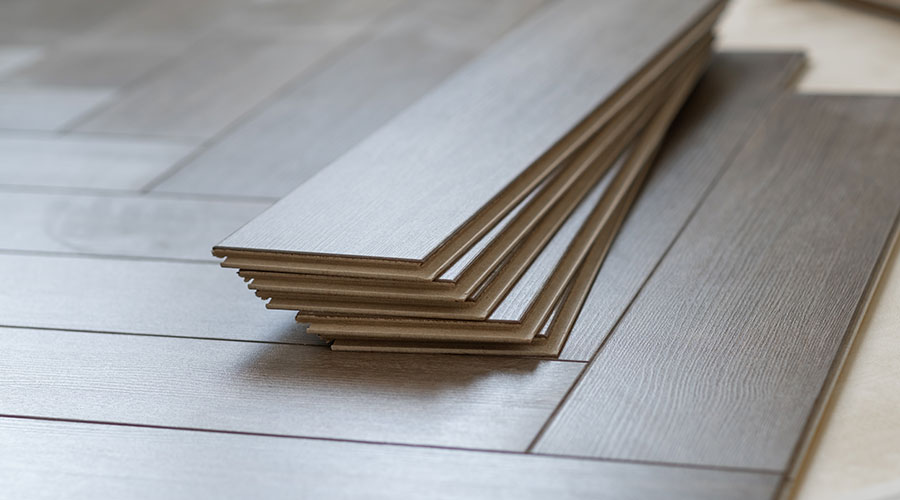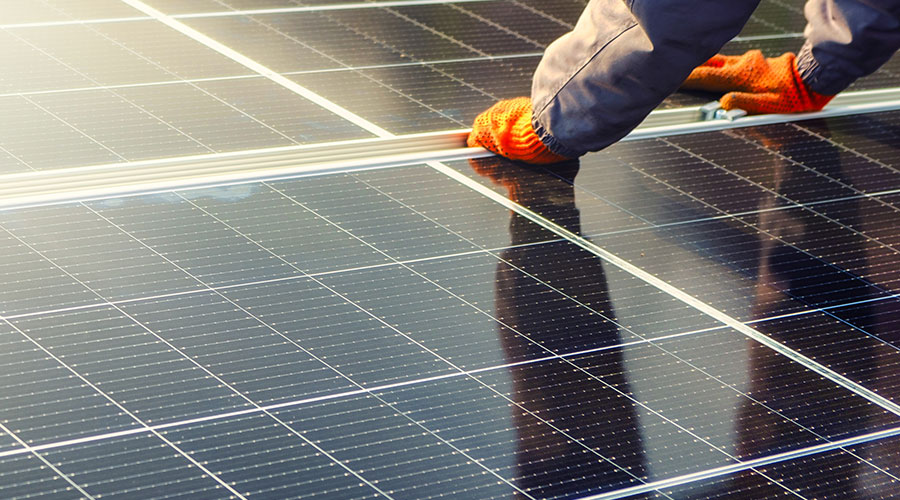Importance of Good Roof Asset Management
First of a 3-part article describing three critical issues in getting the most out of a roof, including design, maintenance, and repairs
Facility managers are forever under pressure to reduce operating and maintenance expenses. It’s the old admonition “Do more with less.” In practice, though, it almost always reverts to “Do less with less.” Cuts are made in short-term spending to meet budget cuts, often without serious consideration as to the long-term impact of those cuts.
Those short-term cuts are everywhere in maintenance budgets. New designs are “value engineered.” Maintenance activities are deferred. Inspections are skipped. Overhauls and replacements are put on hold. And while these cuts will produce short-term savings, there often are long-term consequences that can easily offset these savings. Perhaps in no other area is this as apparent as with roofing systems.
Roofing systems are already at a disadvantage when it comes to cuts in short-term spending. Most people never see a building’s roof. Few maintenance personnel spend much time on a roof, and those who do generally have different priorities, such as the operation of the equipment installed on the roof. And the attitude of those who control the maintenance budget is that unless the roof is actually leaking, why spend money on it.
Unfortunately, this approach does not save money. Roofs are an asset to be managed. They require regular inspections and maintenance if ownership costs of that asset are to be minimized. Why then do many organizations think they are reducing costs by cutting corners on roof maintenance? Perhaps they don’t recognize the hidden costs associated with ignored maintenance.
When roof maintenance is ignored, the most obvious impact is shortened roof life. Even though most roofs require replacement before they reach their rated service life, the connection between lack of maintenance and early failure is seldom made simply because most developing roof issues are not obvious. It’s only when leaks occur that someone pays attention, but by then, what started out usually as a minor, inexpensive repair now includes additional costs for repairs to the roof’s insulation and deck.
The costs don’t end there. When leaks occur, there will be additional costs as the result of cleanup, loss of use of the impacted space, damage to interior finishes, cleanup of potential mold and mildew, and possible premium time for roof repairs. And don’t forget additional energy costs. Wet roof insulation is less efficient, increasing heat loss and gain rates through the roof. Seldom are these costs factored into the equation.
A comprehensive roof maintenance program starts well before the roof is installed. It continues with regularly scheduled roof inspections. It is tailored to the type of roof installed, the climate in which the building is located, and how the roof is being used. In the remaining parts of this article, we’ll look at the three critical steps in roof asset management.
Related Topics:














